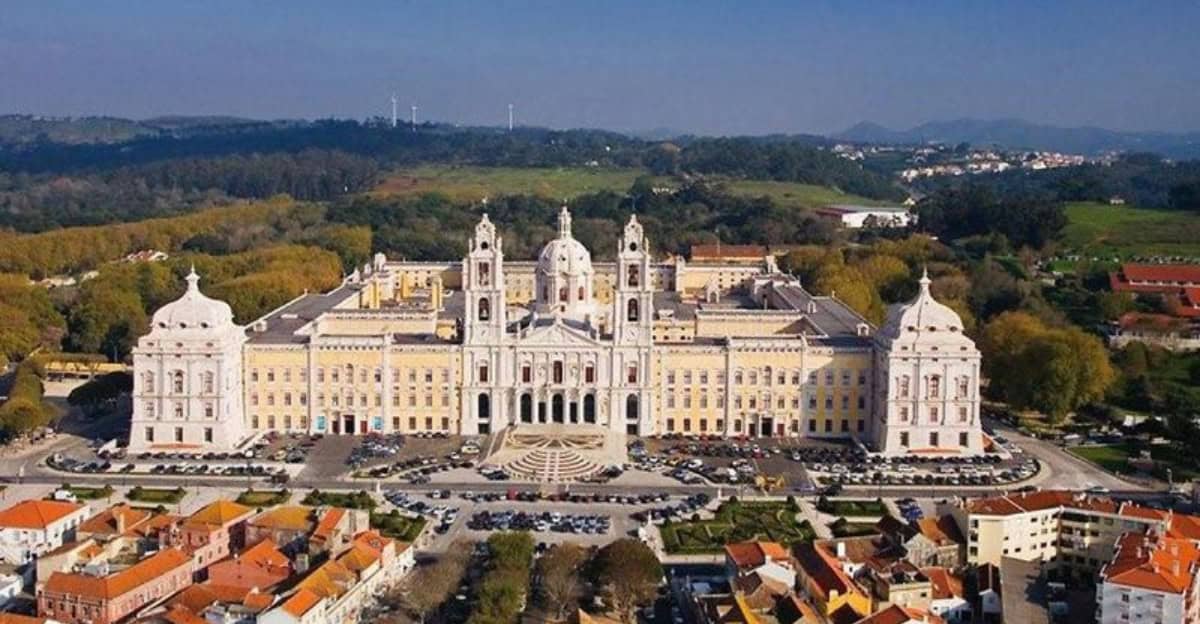Southern Europe is renowned for its rich history, cultural diversity, and stunning architecture.
Among its treasures are some of the world’s most magnificent palaces, each offering a unique glimpse into the region’s royal past.
This article explores 9 of these architectural marvels, each with its own story and grandeur.
From the sun-kissed shores of Spain to the scenic landscapes of Italy, these palaces stand as testaments to the artistic and architectural prowess of their time.
Join us as we explore these opulent residences that continue to captivate visitors from around the globe.
1. Palazzo Reale di Napoli
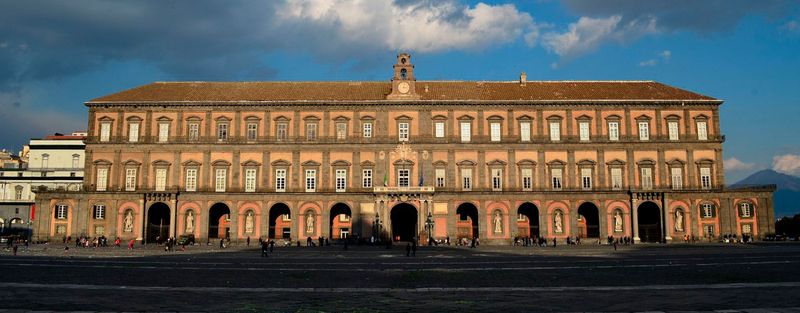
Situated majestically in the heart of Naples, Palazzo Reale di Napoli stands as a monument to the Bourbon dynasty’s grandeur.
Built in the 17th century, it showcases an impressive Neoclassical architecture that captivates every visitor. The palace’s facade, adorned with statues of the Bourbon kings, presents a magnificent sight.
Inside, the palace boasts opulent rooms with intricate frescoes and luxurious furnishings, each narrating a tale of royal elegance.
Visitors are drawn to its lavish throne room, where the grandeur of past reigns comes alive. The surrounding gardens add to the palace’s allure, providing a serene escape amidst the bustling city.
2. Royal Palace of Madrid
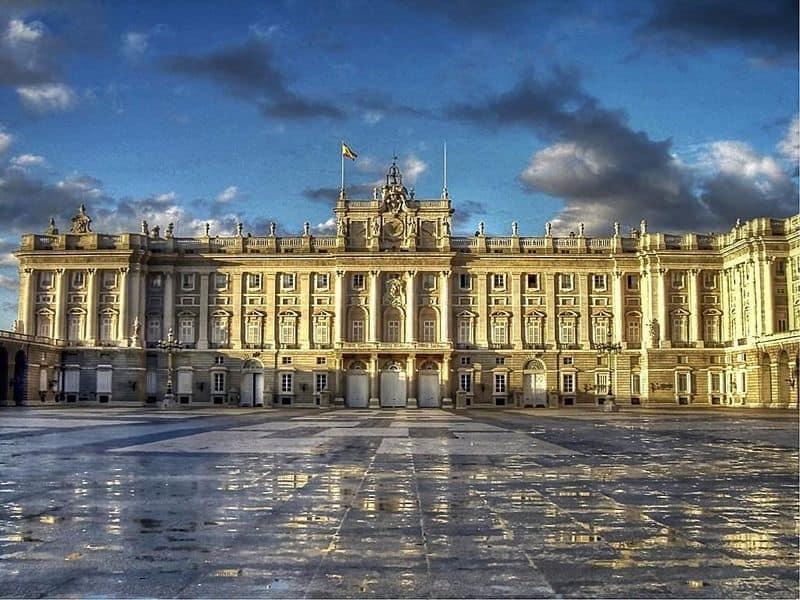
The Royal Palace of Madrid serves as the official residence of the Spanish royal family. Its Baroque architecture exudes grandeur and elegance. With over 3,000 rooms, it is one of the largest palaces in Europe.
The palace is adorned with stunning artworks, including frescoes by renowned artists. Visitors can explore the grand staircase, the Throne Room, and the Royal Armoury.
The palace’s gardens provide a serene escape in the heart of the bustling city. It remains a vital symbol of Spain’s rich history.
3. Palácio Nacional da Pena
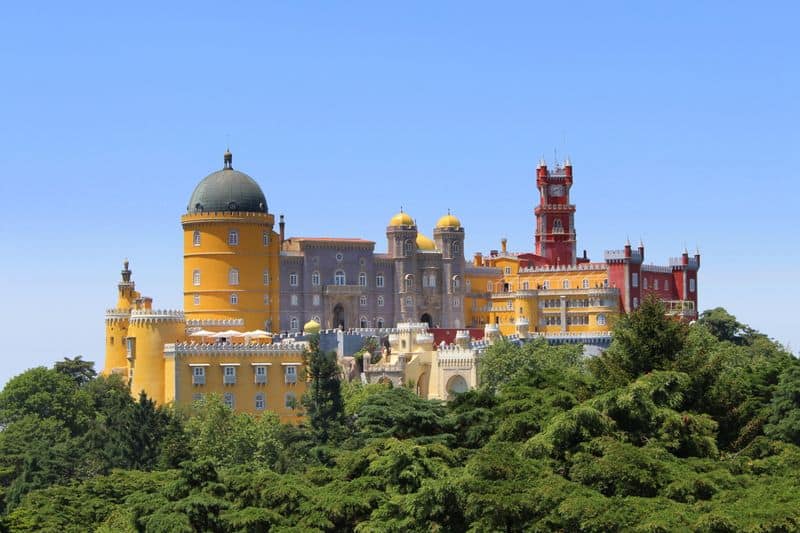
Perched atop the hills of Sintra, the Palácio Nacional da Pena offers a fairy-tale experience. Its vibrant colors and eclectic design make it a UNESCO World Heritage site.
The palace showcases a mix of Romantic, Gothic, and Renaissance architectural styles.
Visitors can admire the ornate interior and sweeping views of the surrounding landscape. It was built by King Ferdinand II as a summer retreat.
The palace’s whimsical charm continues to draw tourists from around the world. It’s a must-see for anyone visiting Portugal.
4. Doge’s Palace
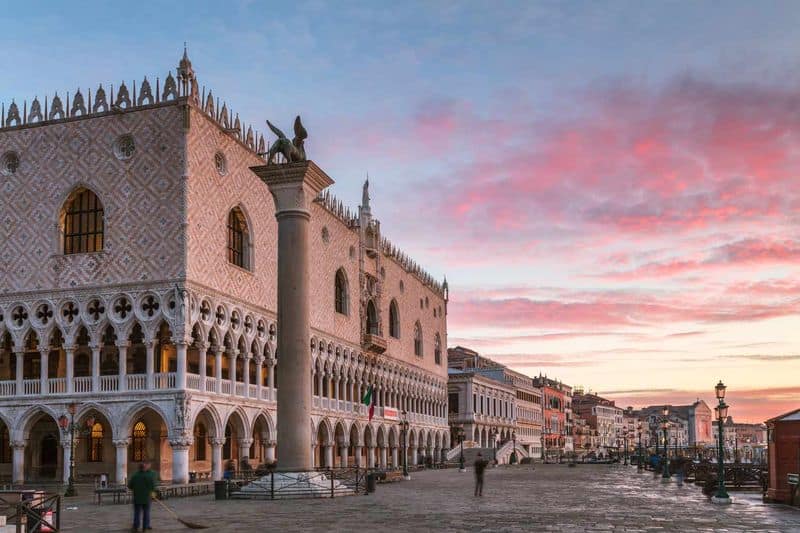
Venice’s Doge’s Palace is a masterpiece of Venetian Gothic architecture. Once the residence of the Doge, it served as the political heart of Venice.
The palace’s intricate facade and grand halls reflect the city’s rich history.
Inside, visitors can explore opulent chambers and the famous Bridge of Sighs. The palace houses remarkable artworks, including paintings by Tintoretto and Veronese.
Its location offers stunning views of the Grand Canal. This architectural gem remains a symbol of Venice’s glorious past.
5. Royal Palace of Caserta
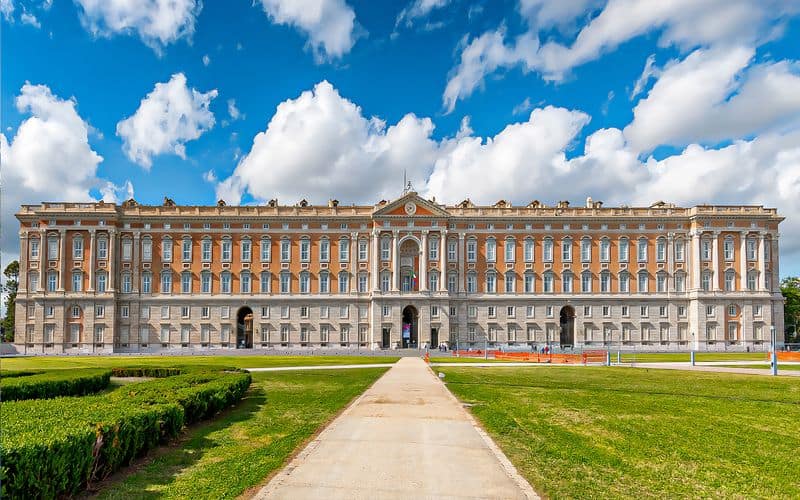
The Royal Palace of Caserta, located in Italy, is a stunning example of Baroque architecture. Commissioned by Charles VII of Naples, it rivals the grandeur of Versailles.
The palace boasts over 1,200 rooms, including a magnificent theater.
Its vast gardens, with cascading fountains, invite leisurely strolls. Inside, visitors can admire opulent staircases and richly decorated halls.
The palace remains a testament to Italian architectural mastery. Its grandeur and elegance continue to impress visitors. Caserta’s beauty is a highlight of Southern Italy’s cultural heritage.
6. Schönbrunn Palace
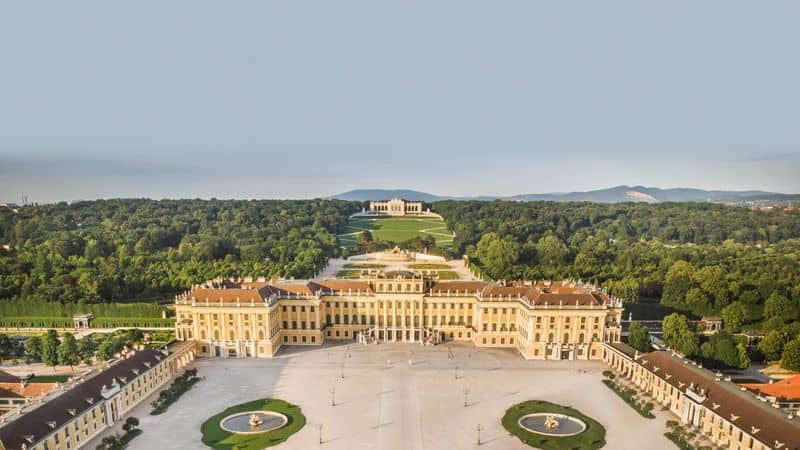
Schönbrunn Palace, located in Vienna, Austria, is a UNESCO World Heritage site known for its stunning Baroque architecture. Once the summer residence of the Habsburgs, it offers a glimpse into imperial life.
The palace’s 1,441 rooms are adorned with exquisite Rococo decor. Visitors can explore the opulent Great Gallery and the Hall of Mirrors.
The expansive gardens, featuring the Gloriette and Neptune Fountain, are perfect for a leisurely stroll.
Schönbrunn remains one of Austria’s most visited attractions, admired for its historical and architectural significance.
7. Palazzo Pitti
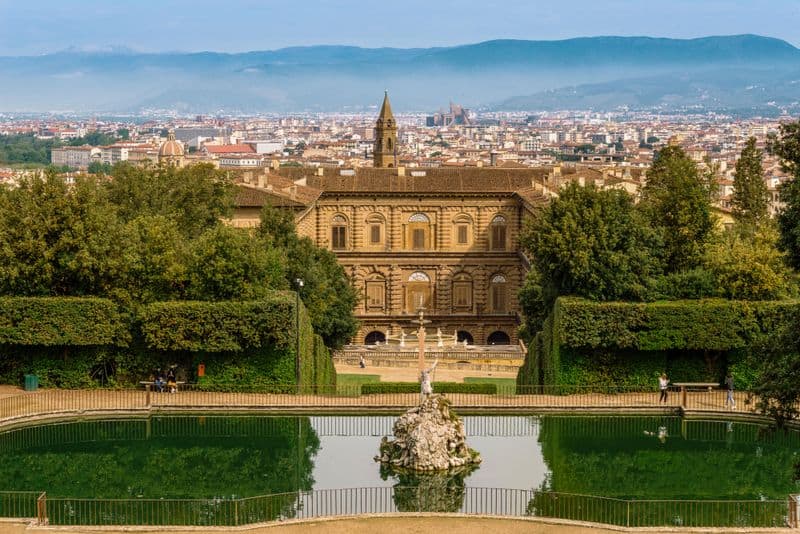
Florence’s Palazzo Pitti is a Renaissance masterpiece that once served as a royal residence. Its grand facade and ornate interiors reflect the opulence of the Medici family.
The palace houses several museums, including the Palatine Gallery, which displays masterpieces by Raphael and Titian. Visitors can explore the lavishly decorated rooms and the expansive Boboli Gardens.
The palace’s art collections and historical significance make it a must-visit in Florence.
It stands as a testament to the city’s artistic heritage and the Medici’s influence.
8. Palace of Mafra
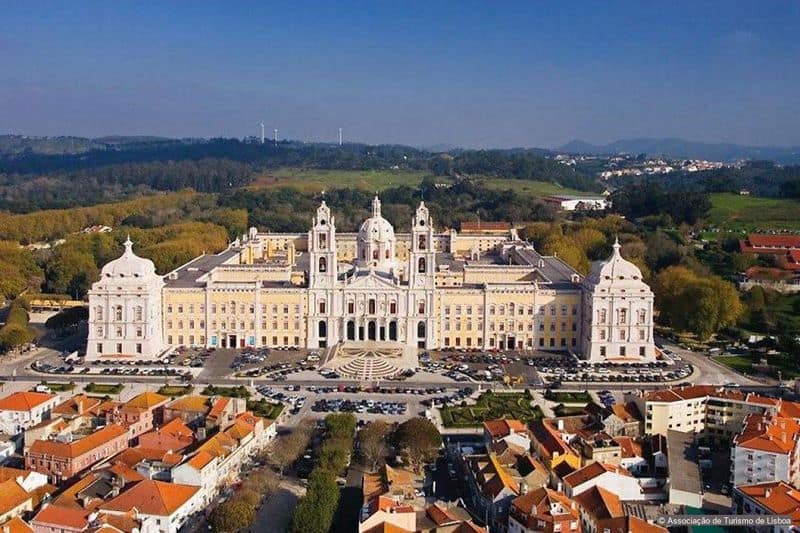
The Palace of Mafra, located in Portugal, is a monumental Baroque complex. Originally built as a convent, it was expanded by King John V into a royal palace.
The palace features a majestic basilica with impressive sculptures and artworks.
Its vast library houses thousands of rare books. Visitors can explore the opulent royal apartments and the grand convent.
The palace’s architectural and cultural significance draws tourists and scholars alike. Mafra remains a symbol of Portugal’s regal history and artistic ambition.
9. Queluz National Palace
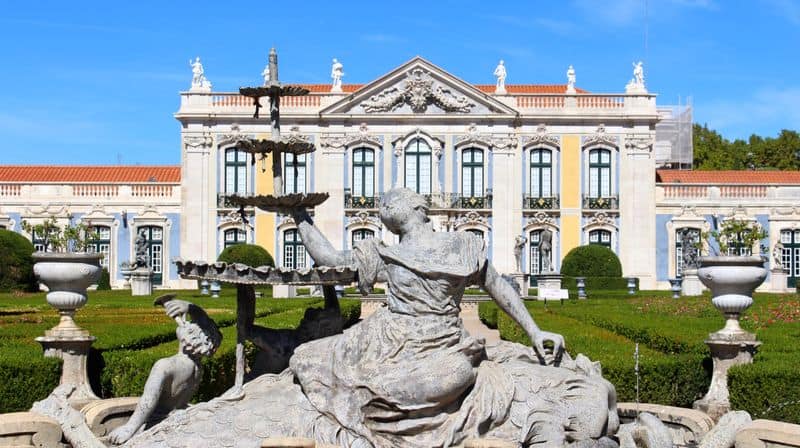
Queluz National Palace, located near Lisbon, is a splendid example of Rococo architecture. Once the summer residence of the Portuguese royal family, it boasts elegant interiors and lush gardens.
Visitors can explore the Throne Room, the Music Room, and the stunning Hall of Ambassadors.
The palace’s gardens feature intricate fountains and sculptures, providing a serene setting.
Queluz remains a cherished cultural landmark, showcasing Portugal’s artistic and royal heritage. Its beauty and historical significance make it a popular attraction for history enthusiasts and tourists alike.

